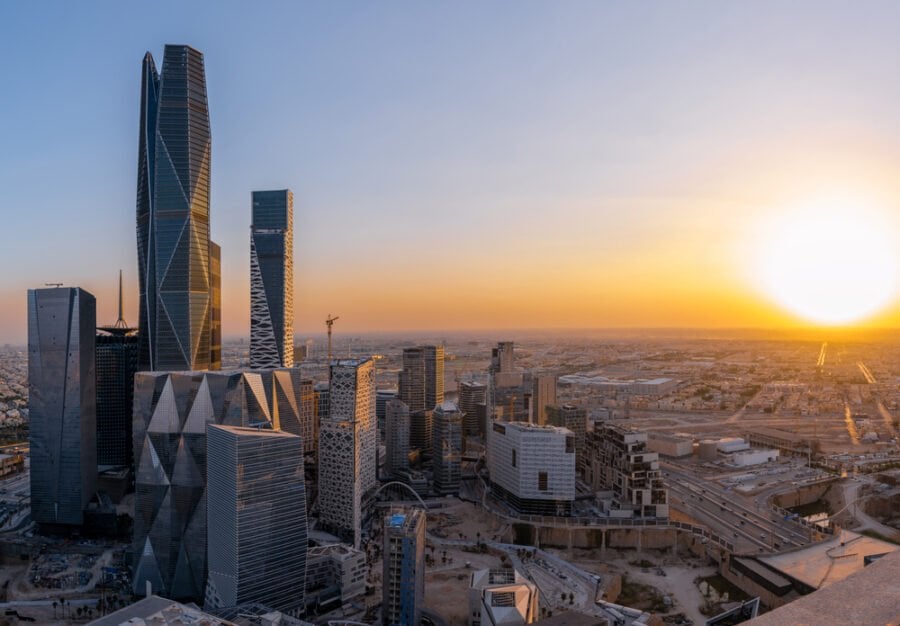benefit Moody’s Investors Service (“Moody’s”) has today assigned an A1 long term issuer rating (Global Scale Rating (GSR)) and an a1 Baseline Credit Assessment (BCA) to Public Investment Fund (“the Fund”, PIF), Saudi Arabia’s sovereign wealth fund which is wholly owned by Saudi Arabia.
Moody’s rating is the first given by the agency to the Public Investment Fund, headed by Saudi Crown Prince Mohammed bin Salman, and the fifth-highest investment rating obtained by the fund.
The PIF is a major platform for developing Saudi’s investments locally and abroad, as Crown Prince Mohammed bin Salman seeks to diversify the economy away from oil through his Saudi Vision 2030 strategy.
The classification benefits for PIF
First, it confirms the independence of the fund. Second, it shows there is a great deal of transparency about how the fund operates. Third, it ensures access to large institutional investors, leverages the debt market, and issues debt at a low cost. Fourth is that the very high rating sends a clear signal to investors that the fund managers “are knowledgeable and astute people”.
There are undoubtedly many motives behind the Kingdom’s decision to subject the PIF to classification efforts by international rating agencies, the most prominent of which is its commitment to make its economy a leader among the Group of 20, accompanied by the required governance and transparency goals.
PIF had total assets of SAR1.24 trillion ($330 billion) as of December 2020 and the Kingdom aims to raise that amount to $2 trillion by 2030.
The Investment Fund had announced within the framework of its five-year strategy, revealed in 2021, that it would focus on 13 key local sectors.
These sectors include: Renewables, healthcare, telecommunications, media and technology, food and agriculture, automobiles, transportation, logistics, real estate, aerospace and defense, and building and construction components and services.
The Kingdom will also continue to develop leisure and entertainment services, sports, financial services, minerals, mining, and the retail sector.
PIF is one of the key entities to diversify the Saudi economy
The PIF enjoys sector diversification, with investments across several different sectors both locally and internationally. It has a very strong financial profile with very low leverage and very high-interest coverage, not to mention an excellent liquidity profile. Moody’s expects the Fund to maintain sizeable cash balances
PIF is a key driver of economic diversification in KSA and a key vehicle to achieve the Kingdom’s Green Agenda including achieving Net Zero Carbon emissions by 2060 and achieving the country’s Nationally Determined Contribution’s (NDC) ambition of reducing annual greenhouse gas emissions by 278 million tons of CO2 equivalent by 2030.
For example, PIF considers the renewable energy sector as one of its strategic sectors and is committed to developing 70% of Saudi Arabia’s renewable energy target of 58.5GW by 2030.
PIF assets
PIF has a net cash position. In addition to cash and cash equivalents worth 168 billion Saudi riyals ($45 billion), the fund was able to reach 56 billion Saudi riyals ($15 billion).
Moody’s said that the liquidity of the Public Investment Fund will benefit from committed payments from Saudi Aramco (rated A1, stable) to the fund for several years for its sale of the Saudi Basic Industries Corporation (SABIC) in June 2020 for $69 billion.
Diversified investment portfolio
As for the fund’s portfolio, it covers a range of investment areas, including local and international investment opportunities.
Locally, investments focus on the real estate sector as well as investments in mega projects. This represents 67 percent of the fund’s assets.
Internationally, the fund owns a diversified portfolio of listed and unlisted investments, in addition to international strategic investments, which constitute 33% of the assets.
Finally, a rating upgrade of the Government of Saudi Arabia is likely to result in a rating upgrade of the PIF..
“As for the Fund’s rating downgrade in the absence of rating pressures on the country, it is unlikely given our current view of the Fund’s fundamental strength,” said Moody’s.








